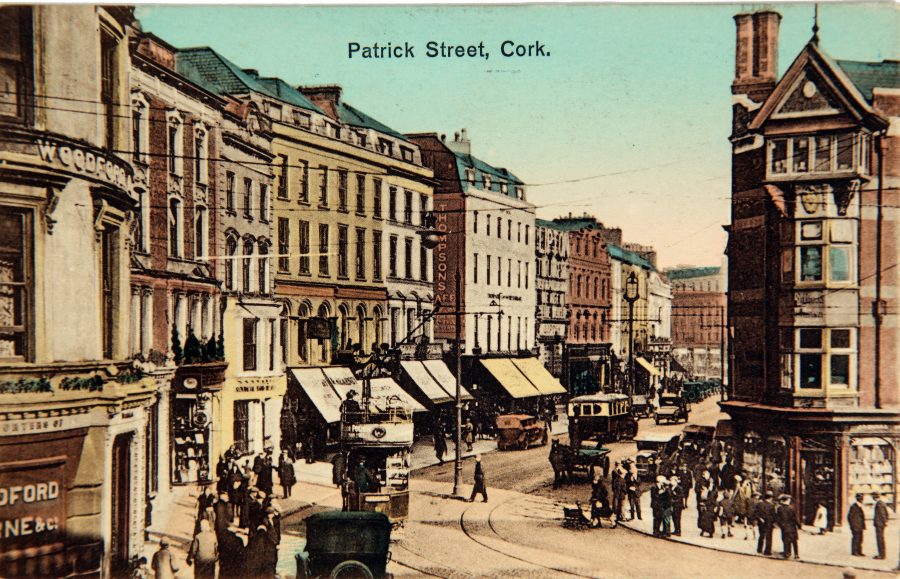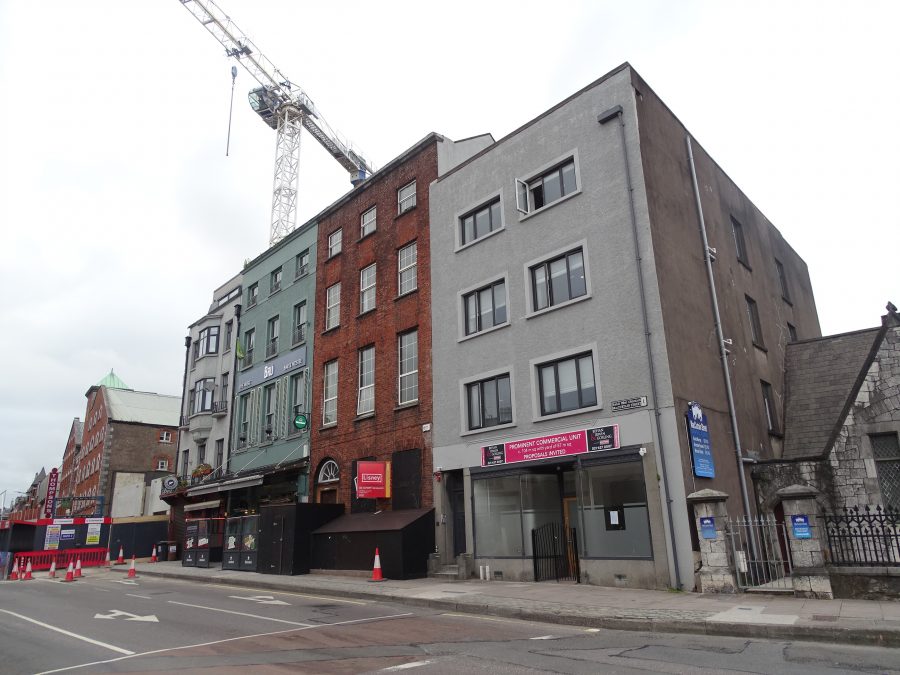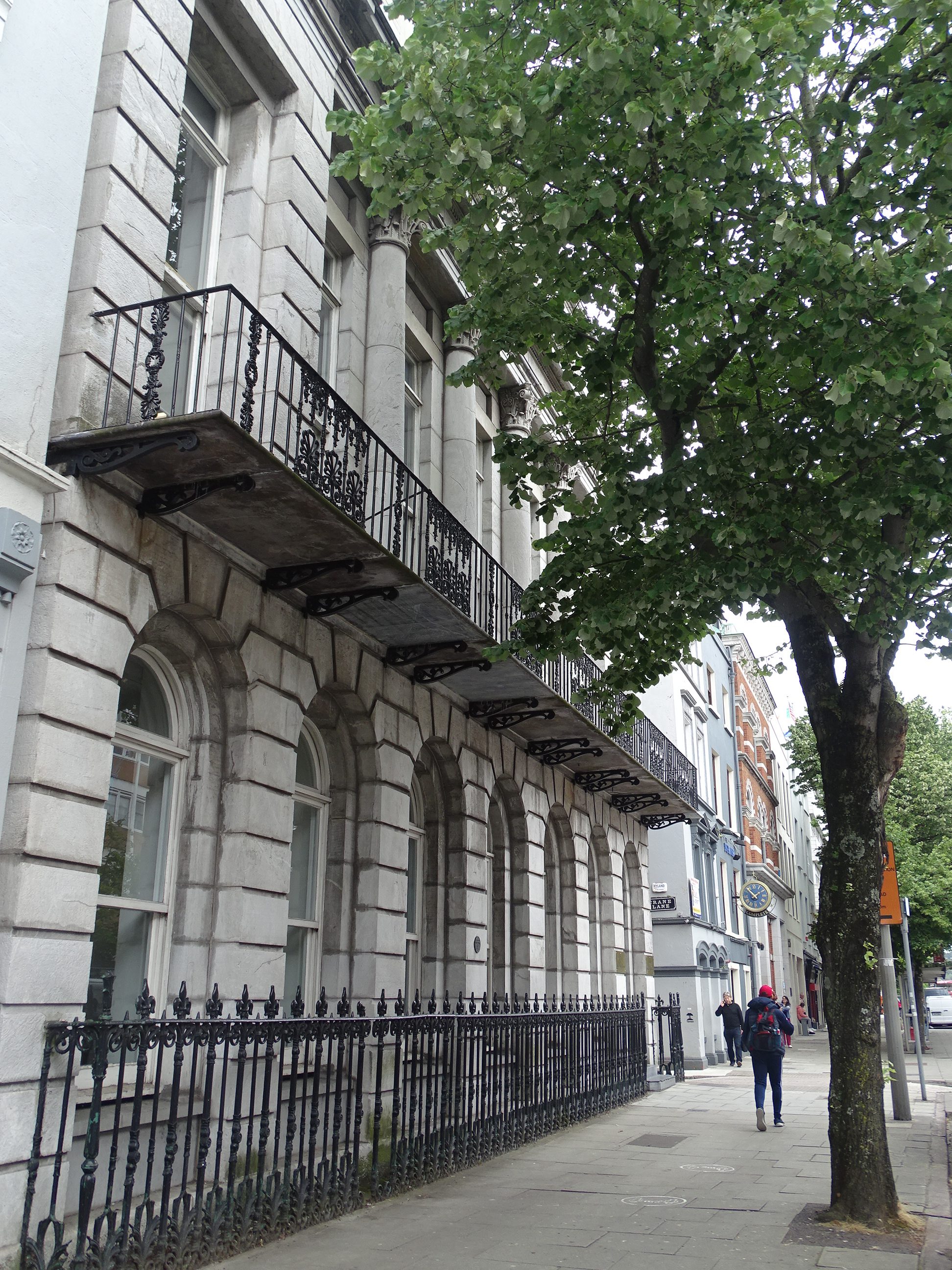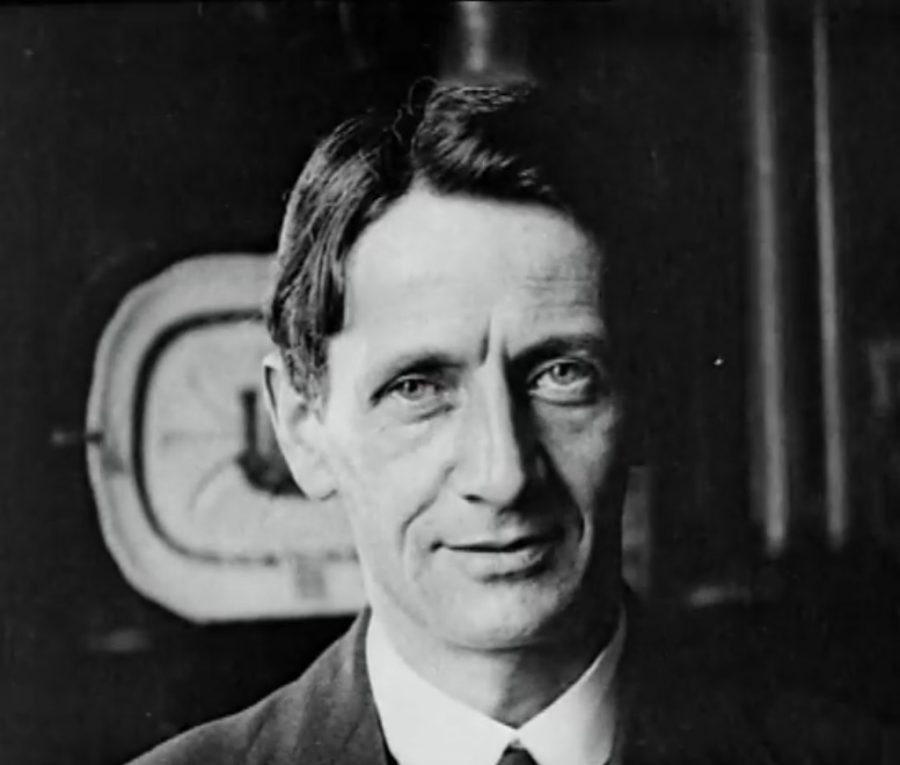
Against the backdrop of the local elections of January 1920, the first week of January 1920 witnessed another scaling up of agitation by the general headquarters of the Irish Republican Army of its local brigades. Following the failure of the Independence petition at the Paris Peace Conference, the continued banning of non-violent republican organisations and the outlawing of Dáil Éireann, offensive action was officially sanctioned against crown forces. In the counties of Cork, Limerick, Cork, Tipperary, Kerry, Clare, and Dublin attacks on police patrols escalated.
From January 1920 arms raids of Royal Irish Constabulary Barracks began. Those barracks in rural areas were the first to be targeted as many of them were not overly defended. Successful arms raids and the taking of mail for intelligence purposes gave many local IRA units purpose without real exposure to injury and death. Historian Dr Joost Augusteijn in the Atlas of the Irish Revolution details that by the summer of 1920, almost one third of all RIC barracks had been evacuated. By the end of 1920 a total of 553 Barracks were destroyed. Many of the attacks have been written about at length by local historians across the country and the events remembered as appropriate throughout the decades and live on in folk memory.
Regional newspapers such as the Cork Examiner wrote at length on countrywide events in its crammed editorial sections. Journalists had to submit their work to the national censor’s office for fear of offence against the Defence of the Realm Act (1914 and its extensions).
Entering the Cork Examiner newspaper on 1 January 1920 does not show a structure to the war of the day, but chaos and frustration as those on both sides tried to hold fast to their values – on one side the case of the Westminster imperial administration and the other the Sinn Féin party and the Irish Republican Army looking to advance their cause. However, one cannot help but look at a historic map of the city in 1920 and see how small the physical size of the city is. Every day both sides were in close proximity to each other, walking the same streets, and knowing each other’s background and ethos. There are complexities to their relationships, which should not be reduced to an ‘us and them’.
Reading through the Cork Examiner each day for 1920 shows the boiling frustration between all sides of the growing conflict. Tit-for-tat violence became common place.
- Early January 1920: Following the failure of the Independence petition at the Paris Peace Conference. the continued banning of non-violent republican organisations and the outlawing of Dáil Éireann, offensive action was officially sanctioned against crown forces. In the counties of Cork, Limerick, Cork, Tipperary, Kerry, Clare, and Dublin attacks on police patrols escalated.
- 16 January 1920: a total of 160 candidates looked on with trepidation on their fate as the ballot boxes were being opened. Only one female, Summerhill North resident Miss Anne Sutton representing the Sinn Féin and Workers Transport grouping and standing in the north-east ward, was on the ballot paper.
- 30 January 1920: the scene was set for Alderman Tomás MacCurtain to be declared elected as Lord Mayor in the Council Chamber of the old Cork City Hall.
- Night of 19 March & morning of 20 March 1920: Tomás MacCurtain (1884-1920), was murdered at his home in Blackpool. His murder is linked to the tit-for-tat violence between the Royal Irish Constabulary (RIC) and the Irish Republican Army (IRA).

VIEW: Tomás MacCurtain Centenary Remembrance, Blackpool, Cork, 20 March 2020
- 30 March 1920: Terence MacSwiney elected as Lord Mayor.
- 17 April 1920: The Tomás MacCurtain inquest was the most significant inquiry of its kind ever held in Cork City. The verdict, which was given on 17 April 1920, was the most startling ever pronounced by a coroner’s jury in the British Empire.
- 23 April 1920: Lord Mayor Terence MacSwiney, under Lord Mayor’s items, at the Cork Corporation meeting proposed in a short motion: “That the name of King Street be changed to MacCurtain Street”.
- 14 May 1920: At the meeting of Council of Cork Corporation, Lord Mayor Terence MacSwiney presided. On the agenda was a discussion on the beatification of Oliver Plunkett headed up by Sinn Féin councillors. A number of decisions arose out of it. One of the principal ones was the proposal by Cllr Micheal O’Cuill that the name or George’s Street be changed to that of Sráid Olibhéir Phluingcéid (Oliver Plunkett street).
- April 1920: an order was received from General Head Quarters Dublin, to the effect that all income tax offices should be burned at the same time on a fixed date. There were two income tax offices in Cork City one at the South Mall, which was in the 1st Battalion area, and one at 33 South Terrace in the 2nd Battalion area.
- May-June 1920: Scouting Activities continued by Cork’s IRA active service unit. The main objectives were to note accurately all enemy movements and activities and details of time, direction, number, type, were to be precise.
- June 1920: Dáil Éireann Courts were established by the IRA, which dealt with all minor cases such as boundary disputes, assaults, and larceny. All decisions reached by courts were accepted by the litigants. Fines, where imposed, were collected by the Republican police force, which was also established. Lord Mayor MacSwiney were involved in the organisation of the Court as well as Councillors Donal Óg O’Callaghan, Thomas Daly, Liam De Róiste, and Professor Alfred O’Rahilly.
- Late May-June 1920: The Cork Examiner records several ships, which docked at Queenstown (now Cobh) and at the city’s Custom House Quay to unload British soldiers and weapons.
- 1 June 1920: Blarney RIC barracks was burned down. On 24 June 1920, Blackrock RIC barracks, having been evacuated, was also burned by men of the 2nd Battalion. The targeting of city centre barracks was a much riskier set of actions.


17 July 1920: At the County Club on the South Mall. Colonel Gerard Bryce Ferguson Smyth was shot. He was a First World War veteran from the Royal Engineers and newly appointed Chief Commissioner of the RIC.

- 19 July 1920: Major-General Strickland issued an order of a curfew between the hours of 10pm and 3am for Cork City. A permit was required from the 21 July to be able to be on the streets outside of those times.
- On 3 August 1920: A large meeting of the professional and commercial, both Protestant and Roman Catholic merchants, who supported Home Rule was held at the Imperial Hotel on the South Mall. Their intention was to send a delegation to meet British Prime Minister Lloyd George.
- 12 August 1920: The arrest of Lord Mayor Cllr Terence MacSwiney and other prominent Sinn Féin members took place.

VIEW: British Pathé film on Terence MacSwiney, July-August 1920
- 22 August 1920: From evidence given at the inquest of Lord Mayor Tomás MacCurtain there was no doubt among the officers of the Cork No.1 Brigade that RIC District Inspector Oswald Swanzy was the prime instigator in the murder of Tomás. Cork IRA Brigade Staff decided that Oswald Swanzy should be assassinated for his crime on Tomas MacCurtain.
- September 1920: An attempt was made by men of the 1st and 2nd Battalions of Brigade No.1 to assassinate the British General Peter Strickland who, at the time, had his quarters in Cork Barracks, Cork. Occasionally at irregular tames, Strickland left the barracks in a motor car accompanied by an armed escort.
- 8 October 1920: Reprisals by the Black and Tans for the Barrack Street Ambush on Friday 8 October and for the connected death of Private John Gordon Squibbs were quick. The stakes were heightened again when that Friday night City Hall (old) was targeted by the Tans for an arson attack. Even though it was not fully successive, much damage was caused.
- 16 October 1920: Death of Michael Fitzgerald, one of the eleven hunger strikers in Cork Gaol occurred on 16 October 1920.
- 25 October 1920: On day 74 of Terence’s hunger strike in London’s Brixton Prison the advent of his expected death occurred.

VIEW: British Pathé film on Terence MacSwiney’s funeral, 31 October 1920
- 4 November 1920: Councillor Donal Óg O’Callaghan, who acted in his capacity of Deputy Lord Mayor since the arrest of Terence, was unanimously elected to the vacancy of Lord Mayor.
- 17-18 November 1920: The teenager Patrick Hanley was gunned down on the night of 17-18 November 1920 in his home in Cork city in reprisal for the killing of Sergeant O’Donoghue. Hanley was a member of the Fianna Éireann.
- 28 November 1920: The Kilmichael Ambush was carried out by the Irish Republican Army (IRA) during the Irish War of Independence. Thirty-six local IRA volunteers commanded by Tom Barry killed seventeen members of the Royal Irish Constabulary’s Auxiliary Division.
- 11-12 December 1920: In one twenty-four period, over four acres of Cork City’s Centre had been reduced to ruins – 2,000 people had lost their jobs, and an estimated three million pounds of damage had been inflicted on Cork’s City Centre building stock– or e180m in today’s world. Nearly one hundred businesses and homes had been destroyed or badly damaged by fire and looting.
- 12 December 1920: In the early hours of Sunday morning at 2.50am in the upper end of Dublin Hill in Blackpool IRA members Joseph Delaney, aged about 24, was shot dead and his brother, 30-year old Cornelius and his 50 year old uncle, William Dunlea, were wounded, the former very dangerously.
- 12 December 1920: It was approaching 4am when it was discovered that the work of destruction continued. At that time the City Hall and Carnegie Library became ablaze.
- January 1921: Who Burnt Cork City is published; The pamphlet had to be prepared quickly and published before Hamar Greenwood would make his promised speech in the British House of Commons absolving the British Forces. It was felt that the pamphlet would obviously suffer if published under the aegis of Dáil Éireann or Sinn Féin. It was arranged, therefore, to publish it under the name of the Irish Labour Party, and distribution was made a couple of days before Hamar Greenwood’s proposed statement.
READ ABOUT the Burning of Cork, 1920 here: 8b. The Burning of Cork City, 1920 | Cork Heritage
Explore 1920-1921 with Kieran’s Our City, Our Town columns:
Click here for the index to the 2019 series entitled, Tales from 2019, http://corkheritage.ie/?page_id=4991
Click here for the index to the 2020 series entitled, Remembering 1920, http://corkheritage.ie/?page_id=5202
Click here for the index to the 2021 series entitled, Journeys to a Truce, 2021 Journeys to a Truce 1921 | Cork Heritage
